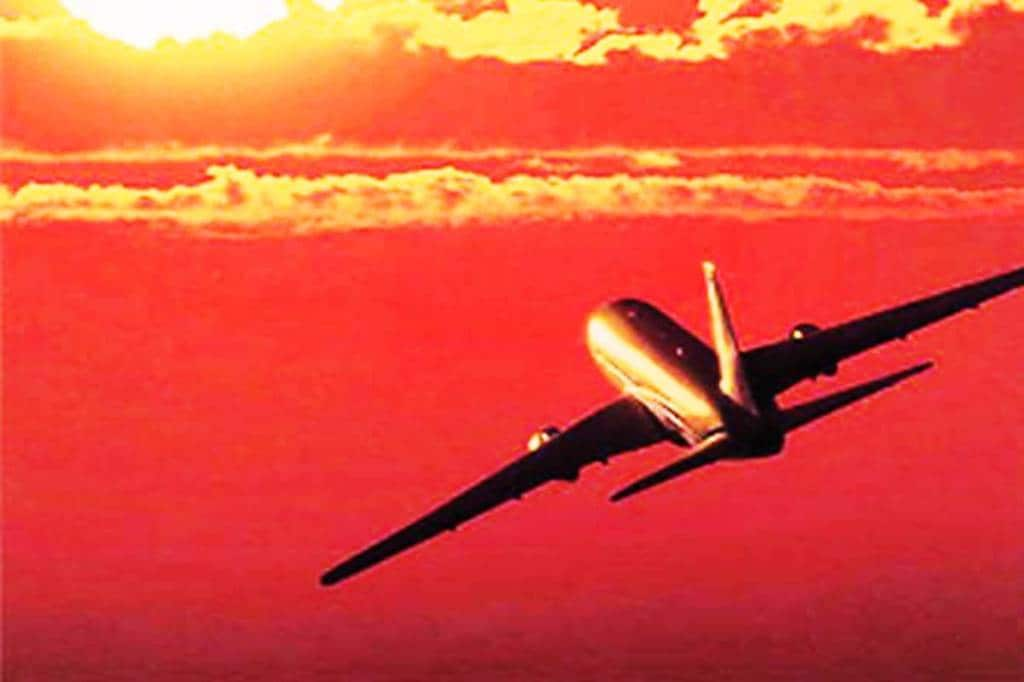With people returning to air travel as the economy reopened following the second Covid-19 wave, the government has raised the capacity cap on scheduled domestic flight to 72.5 per cent from the earlier 65 per cent.
The higher cap will allow airlines to deploy more flights on domestic routes. Additionally, the Centre has also raised the minimum and maximum fares for domestic flights, which is expected to make domestic flights more expensive.
Capacity restrictions
When domestic air travel resumed in May 2020 following an initial two-month lockdown, the government capped the number of domestic flights an airline could operate in an attempt to prevent the local infrastructure being overburdened. Initially, it capped the number of flights at 33 per cent of the pre-lockdown schedule before gradually raising it to 80 per cent by the time the second wave struck. Following the outbreak of the second wave, the government brought down the cap again to 50 per cent. In the first relaxation after the second wave, the government raised the capacity to 60 per cent before increasing it to the current 72.5 per cent.
Fare limitations
The government also regulated airfare, similar to its restrictions on capacity. The government imposed a minimum and maximum band on seven sectors, classified by flight duration. The government had earlier allowed a rise in fares to help airlines accommodate the higher fuel prices. According to its latest amendment, the minimum and maximum fares for Class A — the shortest sector — has gone up to Rs 2,900 and Rs 8,800, respectively, from Rs 2,600 and Rs 7,800, respectively. Class G — the longest sector — has seen fares go up to Rs 9,800 and Rs 27,200, respectively, from Rs 8,700 and Rs 24,200, respectively.
The routes
Forty-one routes, including Bengaluru-Chennai, Delhi-Jaipur, Bhopal-Mumbai, Delhi-Chandigarh, and Pune-Goa form Class A. Class B has 83 routes such as Mumbai-Ahmedabad, Delhi-Srinagar, Pune-Ahmedabad, Mumbai-Goa, Hyderabad-Bengaluru, Kolkata-Patna, and Chennai-Hyderabad. Class C includes 87 sectors such as Delhi-Patna, Delhi-Ahmedabad, Delhi-Lucknow, Chennai-Kolkata, Mumbai-Bengaluru, and Delhi-Nagpur. Class D includes 70 routes such as Delhi-Hyderabad, Delhi-Kolkata, Delhi-Mumbai, Mumbai-Chennai, Kolkata-Bengaluru, and Patna-Ahmedabad. Sixty routes, including Delhi-Bengaluru, Bengaluru-Patna, Delhi-Goa, Chennai-Ahmedabad, Mumbai-Patna, Jaipur-Bengaluru, and Delhi-Guwahati are in Class E. Thirty routes form Class F — the second-longest bucket. These are Bengaluru-Chandigarh, Delhi-Kochi, Mumbai-Srinagar, Chennai-Guwahati, and Guwahati-Bengaluru. Coimbatore-Delhi and Delhi-Coimbatore, Thiruvananthapuram-Delhi and Delhi-Thiruvananthapuram, Delhi-Port Blair and Port Blair-Delhi are part of the Class G — the longest bucket.
The application of fare limitations
According to the government, airlines can charge the minimum and maximum fares on a 30-day rolling cycle from the booking date. This means an airline must offer a fare in the bucket for 30 days ahead of the booking date. For example, if someone is booking a flight on August 16, the fare bands will be applicable on flights till September 14. The fare for any flight on or post September 15 will not be restricted.


